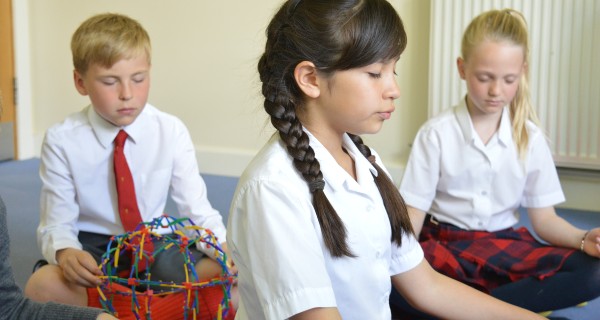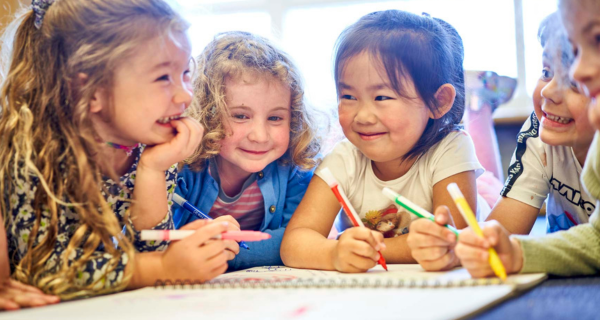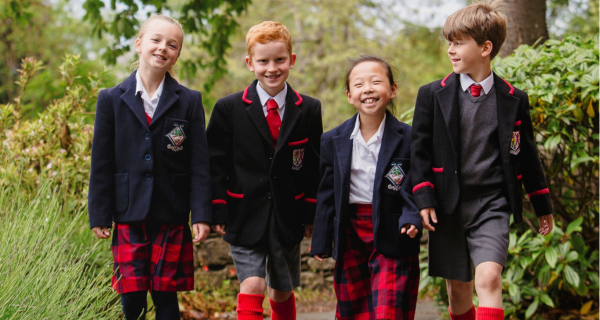Psychologist, Stan Godek ran a series of mindfulness workshops for ESMS Junior School parents, children and teachers this term, offering a range of mindfulness techniques and exercises for children. The feedback from our parent workshop was so positive, we asked if Stan could share some tips with the ESMS Community and he kindly agreed. Please read on for information on techniques that we hope you might find useful.
As individuals we often worry or stress about the future. When this happens to children they can become anxious or distracted and their minds become less able to fully concentrate on the present.
When a child’s mind is moving backwards and forwards, they can shift from one confused or irrational thought to an equally irrational emotion. As a result they can inhabit a reactive or agitated state with negative results for their moods and consequent behaviour.
Mindfulness exercises can help children to anchor their minds in the present, thereby reducing stress and instilling a sense of calm. Mindfulness has proven to be extremely effective with children in the following areas:
- Stress reduction
- Increasing awareness of emotional states and self-regulation
- Managing distress and anxiety
- Increasing attention spans and concentration which improves learning
- Improved sleeping patterns
The following are some examples of the techniques I describe in my book. The more you practice mindfulness with your child, the more effective the results so try to build it into your weekly routine. Start with 2-3 minutes and try to build from there. If possible, choose the same time and the same place each time:
Breathing exercises
Mindful breathing simply means concentrating and becoming more aware of the breathing process. Ask your child to focus on their in breath and then their out breath. Then slow down and deepen the in breath and then slow down and deepen the out breath. Listen to each separate breath. The exercise takes only a few minutes to begin with but can be lengthened through practice.
Visualisation techniques
These techniques are a development of simple storytelling which involve listening intently to a voice or an instrument. Take your child on an imagined journey to the seaside describing the scene, the sounds, the smells and the sensations – creating a mental image of a happy/safe place and encouraging your child to just rest in that place for a period of time.
Listening meditation
Encourage your child to listen to sounds by asking them to focus on a sound in or outside the room. You could ask them what their favourite sound is, open a window and ask them what they can hear outside, use an ocean drum to create the sound of the ocean, or tell them their favourite story. Try and avoid using a digital device to create a sound.
Story telling techniques
Choose your child’s favourite story and focus on a specific place in the story or ask them to pick a favourite place that makes them feel happy. Ask your child to close their eyes and think about this place. Get them to describe what it looks like, what they can hear, what they can smell, what they can taste. Finally ask them how the place makes them feel.
Write down their answers and use these at bedtime to help your child feel relaxed and ready to sleep. Ask them to close their eyes and then describe the place they have told you about.
Shinrin-yoku
Go for a walk in a garden, wood or forest, taking your time to notice everything around you. Ask your child what they can hear, what they can see, what they can smell. Is there a breeze, sunshine or rain? Can they feel it on their skin?
Creative mindfulness
Encourage children to think about and use colours and sounds, identifying soothing colours, happy sounds, healing thoughts and using these to replace an inner frown with an inner smile.
We hope that you may find some of these techniques from Stan helpful and useful.
Thank you, Stan Godek, for contributing this article.






